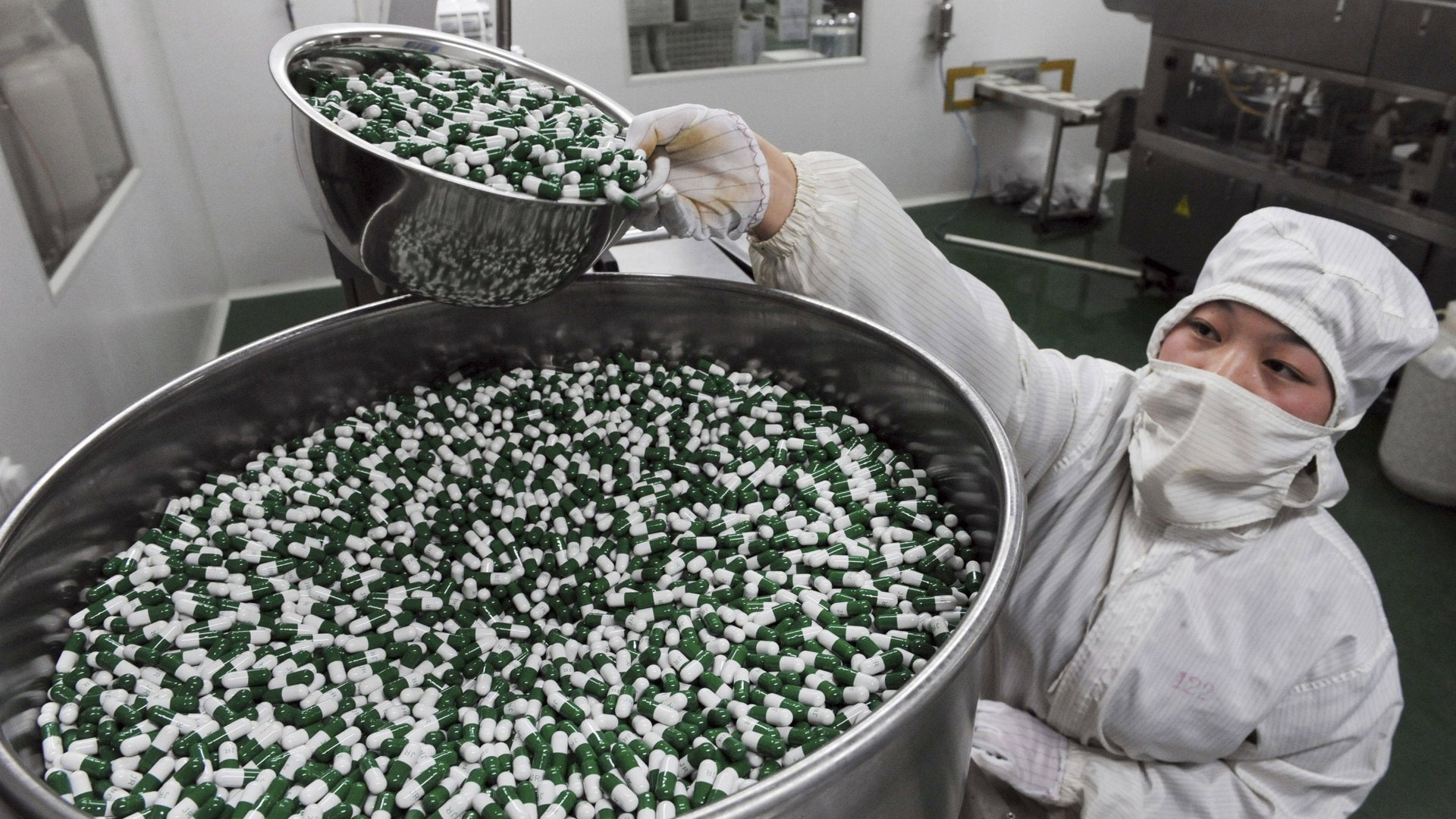Why rare diseases are big pharma’s latest obsession
The global pharmaceutical industry has long leaned on blockbuster drugs for common ailments like high cholesterol, arthritis and erectile dysfunction for the bulk of its profits. But the looming expiry of patents in the US on many of these drugs, along with slowing approval rates for new mass market drugs in development, is forcing a shift into obscure diseases that affect the few rather than the many.


The global pharmaceutical industry has long leaned on blockbuster drugs for common ailments like high cholesterol, arthritis and erectile dysfunction for the bulk of its profits. But the looming expiry of patents in the US on many of these drugs, along with slowing approval rates for new mass market drugs in development, is forcing a shift into obscure diseases that affect the few rather than the many.
For evidence of the changing tide, look no further than the news Monday that Shire, an Irish drug maker that sells the bulk of its drugs in the US, paid $4.2 billion to buy Pennsylvania-based ViroPharma, a company that made a mere $6 million last year. ViroPharma’s main product is Cinryze, a treatment for angioedema, a rare swelling under the skin that is similar to hives. Shire’s biggest product is currently a treatment for attention deficit disorder (ADHD), and mainstream drugs accounted for about 60% of its sales last year. It’s not alone: Pharma giant Sanofi-Aventis paid $20 billion to buy orphan drug maker Genzyme in 2011, while Pfizer created a separate unit focused on rare diseases the previous year.
There’s good reason for big pharma’s attraction to rare disease treatments. Revenue from these products has been outpacing sales of mainstream drugs for the last decade, a trend that’s expected to continue for the next 30 years. So-called “orphan drugs” (given this moniker because they are for diseases that historically were overlooked by the big drug companies) are protected against competition from generics for seven years in the US, compared to five years for non-orphan products.
The approval process for orphan drugs is also often fast-tracked, lessening the risks of lengthy, expensive and failed developments. Since 1983, when these advantages and generous tax credits for orphan drugs were introduced in the US, an estimated 350 drugs for 200 rare diseases have been approved by the US Federal Drug Administration. No doubt this has improved countless lives, even if Botox (originally a treatment for uncontrollable blinking and spasms, but now largely used for Cosmetic purposes) and Cialis, the erectile dysfunction product, were both originally awarded orphan status.
Yet orphan drugs remain extremely expensive for consumers, typically costing between $200,000 and $400,000 per patient in the US, Deutsche Bank has found. Because the patient pool is much smaller for rare diseases than it is for mainstream products, drug companies argue that despite subsidies, they need to charge high prices to recover their research and development costs. Another way to look at it: Drug companies can charge more for orphan drugs because usually there are few, if any, alternative treatments for rare diseases (which are often life threatening) to their product.
Insurance companies in the US are typically willing to reimburse the costs of orphan drugs, because they are by definition rarely used, they tend to address life threatening treatments, and they are often prescribed to children and young adults, two groups that are predominantly healthy and therefore usually covered. But this policy could change as more money flows into the sector, attracted by the fat profits on offer, and more rare disease treatments are unearthed.
There are rising concerns that orphan drug treatments could be driving up the costs of healthcare for everyone. Already in Europe, where health care is universal, but public finances are stretched, governments are questioning high reimbursement rates for rare disease treatments. As the world’s biggest economy struggles to reform its own absurdly expensive healthcare system, orphan drugs could soon be in the line of fire in the US as well.